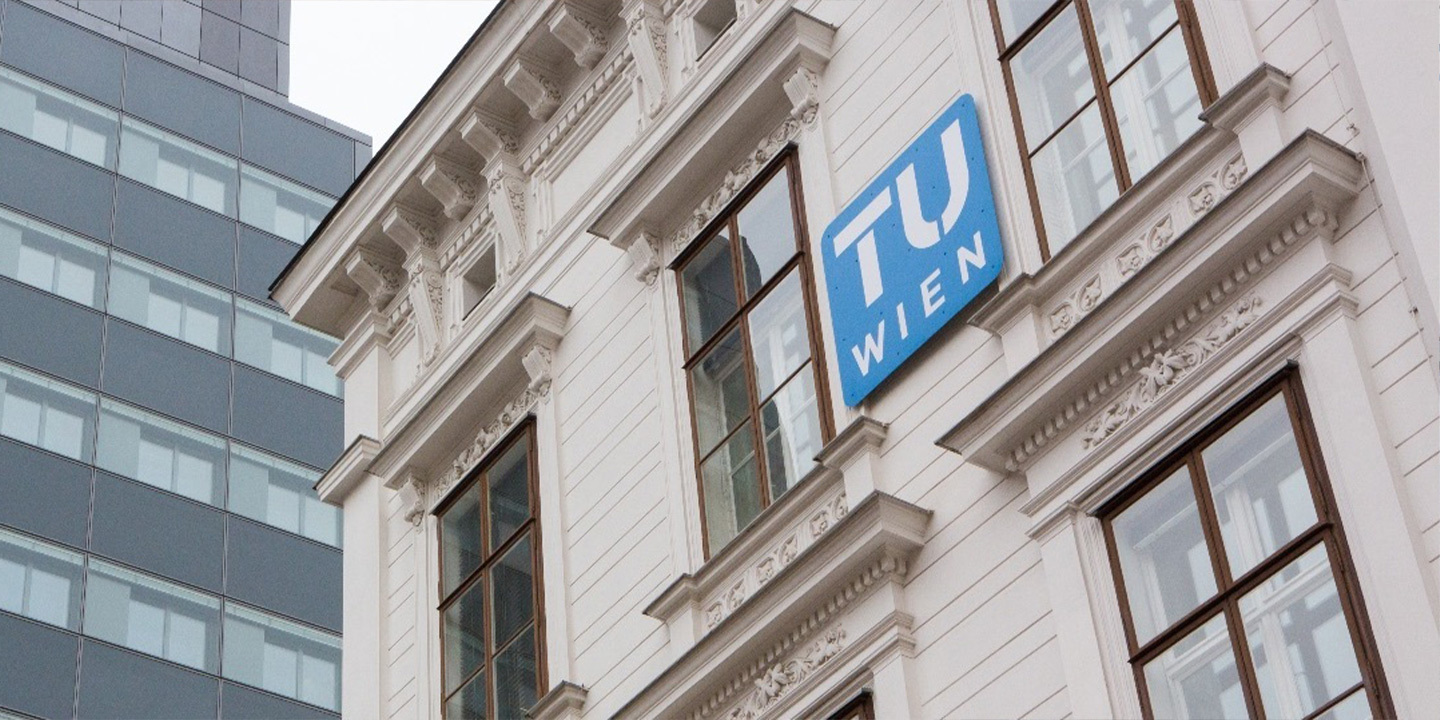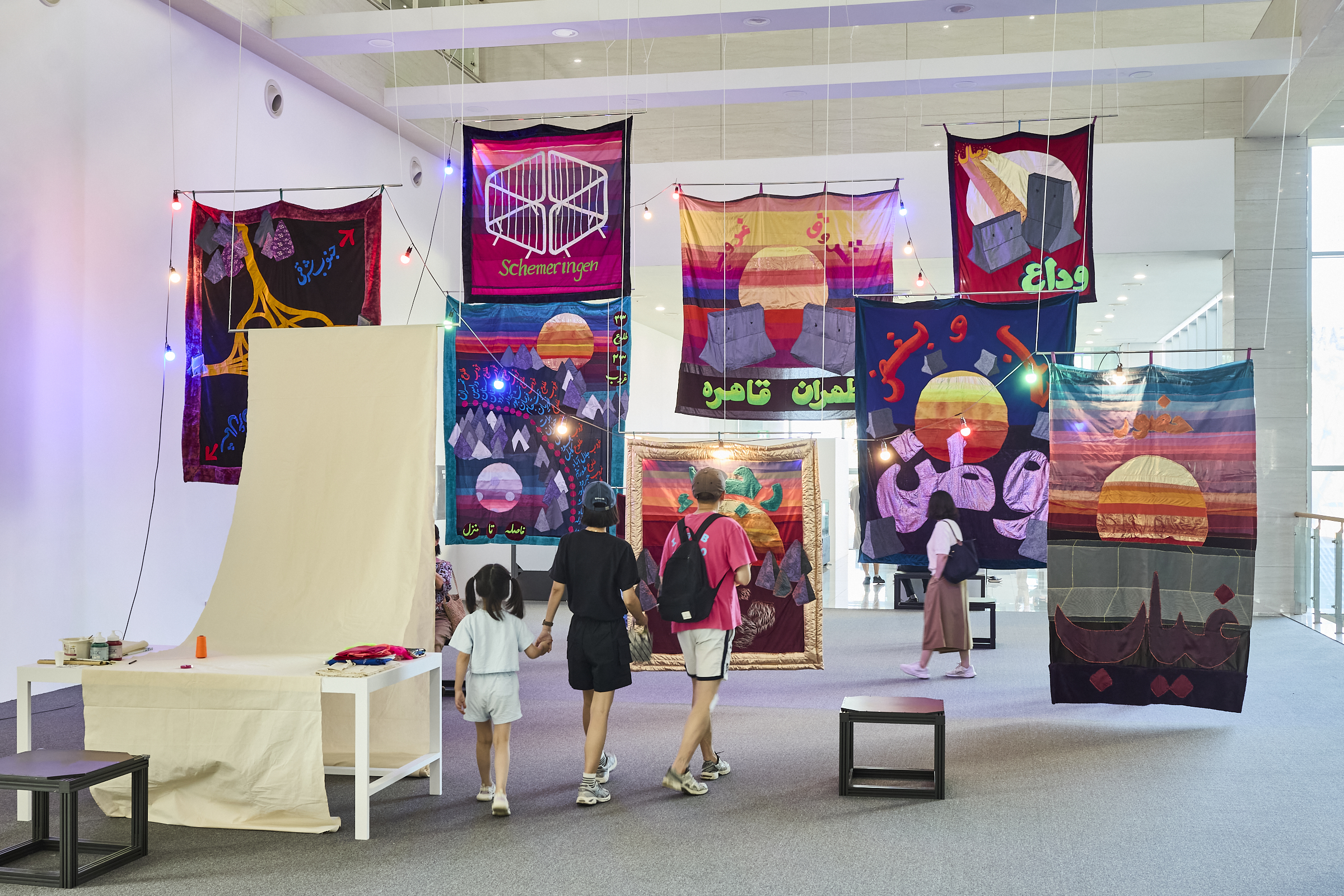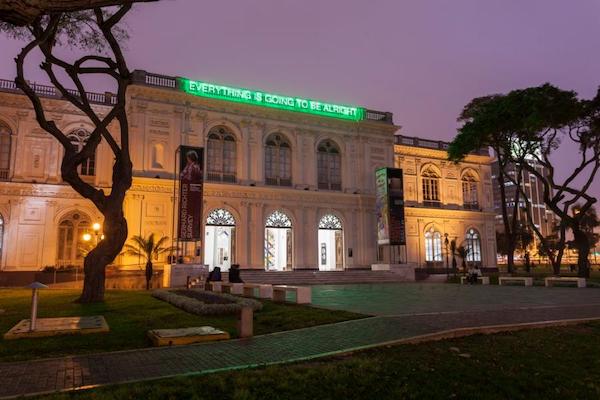The Vienna University of Technology is Austria’s largest research and educational institution in the technical and scientific field and has been making an indispensable contribution to securing the international competitiveness and innovative strength of Austria as a research location for more than 200 years. Under the motto “Technology for people” around 26,000 students and more than 4,000 scientists conduct research, teaching and innovation at the Vienna University of Technology.
At the Institute of Art History, Building Research and Monument Preservation, FOB Art History, there is a position as an assistant professor (Prae-Doc), expected to be filled from October 2022 (30 hours per week, for an expected 4 years) with the following area of responsibility.
Main Responsibilities
– Participation in research and teaching tasks as well as examinations
– Supervision of students
– Research and project work
– Deepening of scientific knowledge
– Writing a dissertation and publications
– Participation in scientific events
– Participation in organizational and administrative tasks
– Support of the chair
Your profile
– Completion of a master’s or diploma degree in art history or architecture
– Distinctive research focus in an area of art and architectural history of the 15th – 21st century
– Experience in the organization and conception of exhibitions and scientific conferences
– Foreign language skills and very good German language skills for candidates with a different mother tongue
– interest in researching the subject and working with students
– ability to work in a team
We offer
– Diverse and exciting range of tasks
– Wide range of internal and external further training opportunities as well as flexible work arrangements
– Central location and good accessibility (U1/U4 Karlsplatz)
– Additional benefits for employees (Fringe-Benefit catalog of the TU Vienna)
The Vienna University of Technology is striving to increase the proportion of women, particularly in managerial positions, and therefore expressly encourages qualified women to apply. In the case of equal qualifications, women will be given priority, unless reasons relating to the person of an equally qualified competitor prevail.
About the institute
Three sections merge in the Institute: “History of Art”, “Building Archaeology and Research”, and “Restoration – Monument Preservation and Building in Existing Structures”. The sections complement one another and offer an education that is broad-based in theory and oriented on praxis. It not only analyses and investigates the historical circumstances in retrospect, but also provides pioneering groundwork with a view to the contemporary professional practice of architecture. The main aim here is to convey the relationships between architecture and art-historical movements and their significance for the present day. Just as central are the methods of surveying, analysing and documenting existing building structures, also the strategies and techniques for preserving and using restoration-relevant buildings and ensembles.
The Institute conducts specific and, as a rule, study course-related research on basics and practical issues on a national and international level. The attention to an appropriate treatment of existing building structures and their history is of great relevance, especially in the context of the debate about sustainability and saving resources. In this respect, the knowledge provided by the institute concerns the interrelations between architectural developments during the individual epochs of the West and the non-European sphere, their building principles and constructional potentials, as well as the expert, appropriate treatment of existing building structures – knowledge that is virtually indispensable and forms the prerequisite for the design process and creative innovation.
*Image: /www.evoline.com, Larry Williams











